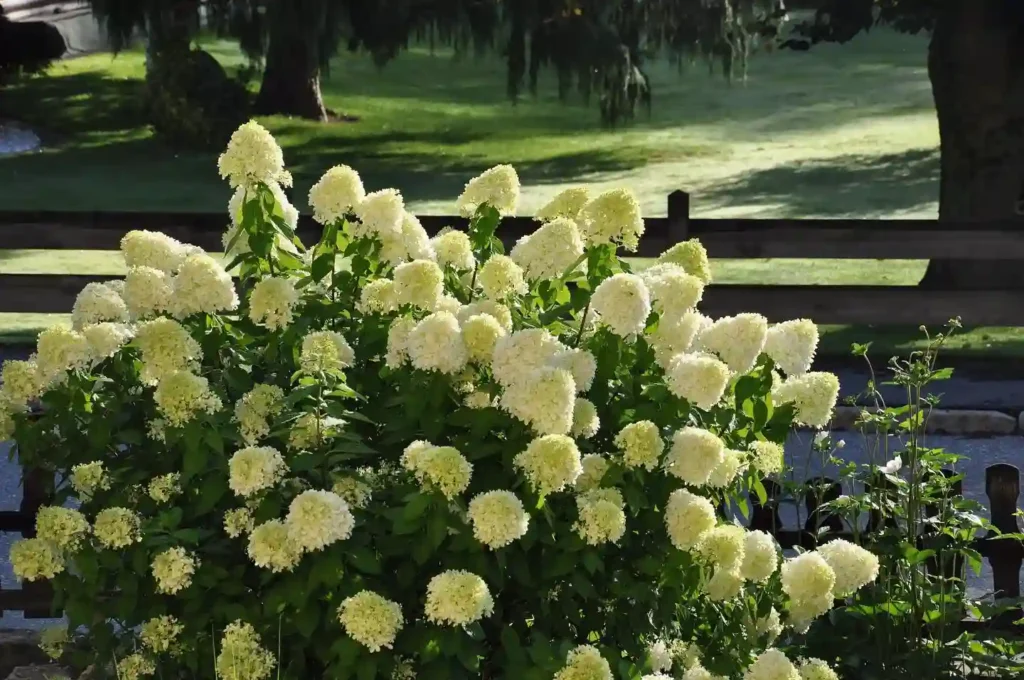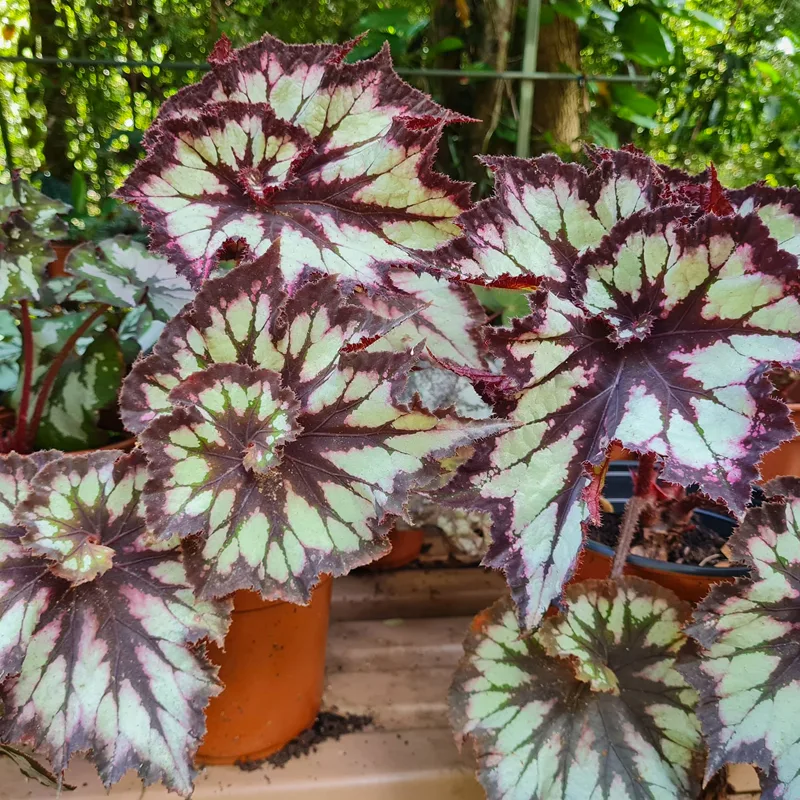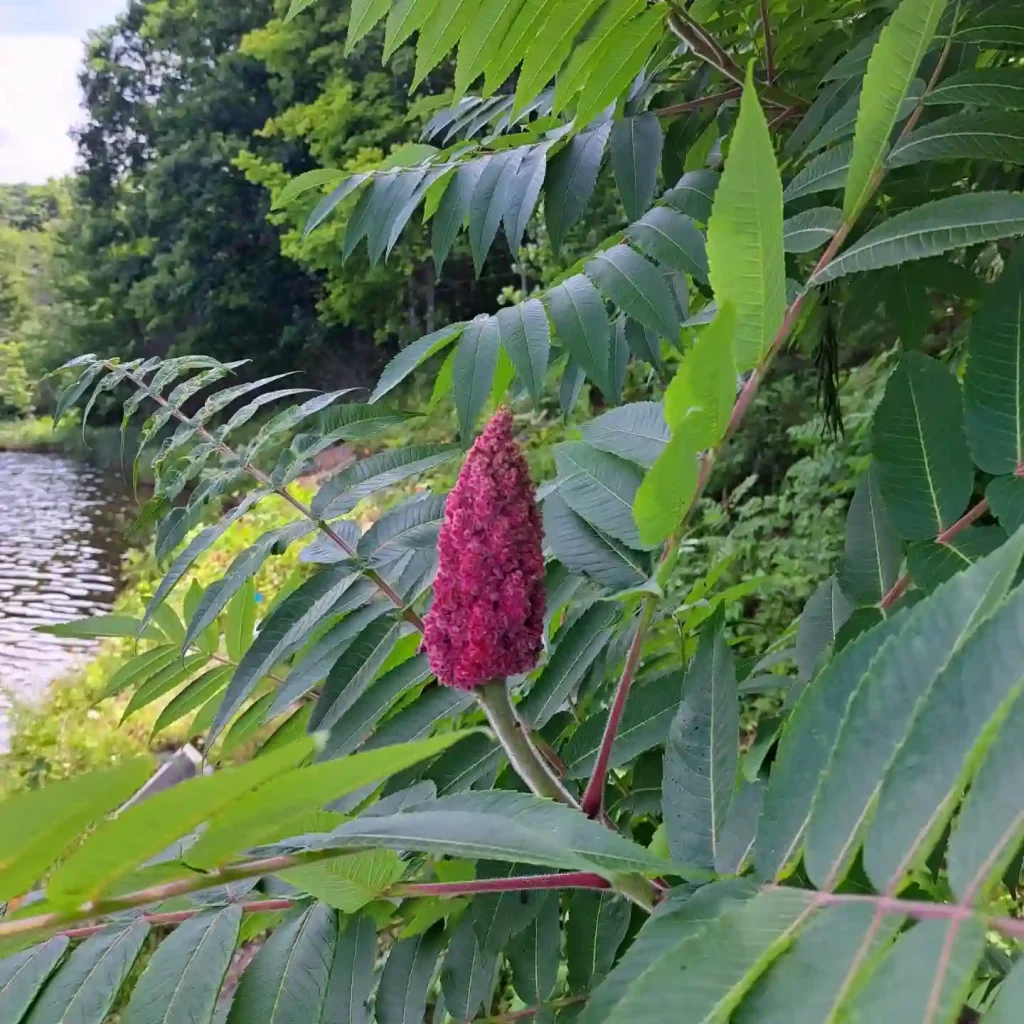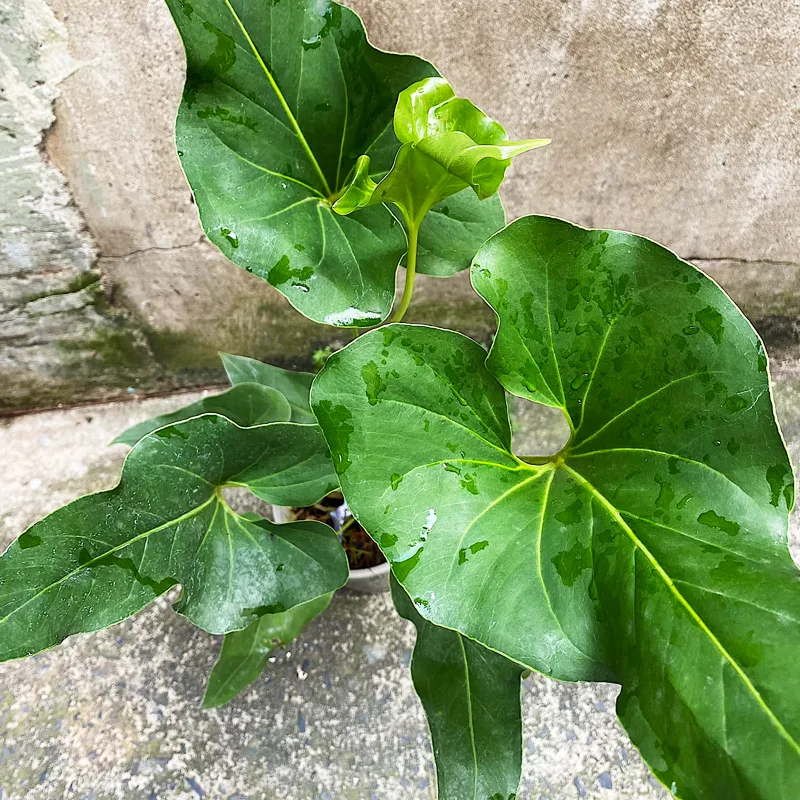A Journey into the World of Oxalidaceae: Ferb Vu’s Perspective
My fascination with the plant world has led me to explore various plant families, each with its unique characteristics and beauty. Among these families, the Oxalidaceae, also known as the wood sorrel family, has captured my attention with its diverse range of plants and its global presence.
The Oxalidaceae Family
The Oxalidaceae family is a group of flowering plants that comprises around 570 species across 5 genera. These plants are distributed worldwide, thriving in diverse habitats ranging from tropical rainforests to temperate woodlands.
Key Characteristics
Several defining characteristics make Oxalidaceae plants easily recognizable:
- Leaves: Most plants in this family have compound leaves with three leaflets, often resembling a clover. These leaves often exhibit nyctinasty, meaning they fold up at night or in response to touch.
- Flowers: Oxalidaceae flowers typically have five petals, and they come in a range of colors including white, yellow, pink, and purple.
- Fruits: The fruits are usually capsules that contain numerous seeds. Some species have explosive dehiscence, meaning the capsules burst open to disperse the seeds.
- Oxalic Acid: The presence of oxalic acid in the tissues of these plants gives them a tangy flavor. While this acid can be toxic in large quantities, it contributes to the unique taste of many Oxalidaceae plants.
A Closer Look at the Genera
The Oxalidaceae family boasts a rich diversity of plants, each genus showcasing its unique charm.
- Averrhoa: A small but significant genus native to tropical Southeast Asia, Averrhoa comprises trees recognized for their unique and delicious fruits. The most renowned species include the starfruit (Averrhoa carambola), known for its distinctive star-shaped cross-section and sweet-tart flavor, and the bilimbi (Averrhoa bilimbi), prized for its sour taste and culinary versatility. These trees showcase the family’s characteristic compound leaves and contribute to the rich biodiversity of their native regions.
- Biophytum: A fascinating genus widely distributed in tropical and subtropical areas, Biophytum plants are commonly called “sensitive plants” due to their remarkable thigmonastic movements. Their pinnate leaves, resembling miniature fern fronds, rapidly fold in response to touch, a fascinating adaptation that likely serves as a defense mechanism against herbivores or environmental stresses. Beyond this intriguing behavior, Biophytum species add a touch of delicate beauty to their habitats with their small, often yellow flowers.
- Dapania: Primarily inhabiting the tropical realms of Asia and Australia, Dapania is a genus of trees and shrubs that contribute to the diverse tapestry of these regions’ flora. These plants exhibit variations in leaf morphology, showcasing both simple and compound leaf arrangements. Their flowers, while often small and inconspicuous, typically present in shades of white or yellow, add subtle charm to their appearance. Dapania species play essential roles in their ecosystems, serving as habitat and food sources for various organisms.
- Oxalis: One of the largest and most widespread genera in the Oxalidaceae family, Oxalis is commonly referred to as wood sorrels. These plants, found across the globe, captivate with their characteristic trifoliate leaves, resembling shamrocks, and their charming five-petaled flowers that bloom in an array of colors. Some Oxalis species are cultivated for their ornamental value, while others are considered weeds due to their ability to spread rapidly. Regardless of their status, they contribute to the biodiversity of their habitats and provide resources for pollinators and other wildlife.
569 Species in Genus Oxalis - Sarcotheca: Native to the lush landscapes of Southeast Asia, Sarcotheca encompasses shrubs and small trees that enhance the beauty of their surroundings. Their simple leaves create a backdrop for their delicate, often white or pink flowers, which add a touch of elegance to the foliage. Certain Sarcotheca species are cultivated for their ornamental attributes, gracing gardens and landscapes with their aesthetic appeal. Beyond their visual charm, these plants play ecological roles within their native habitats, providing shelter and food for various organisms.
The Beauty and Importance of Oxalidaceae
The Oxalidaceae family holds both aesthetic and ecological significance. Many species are cultivated as ornamental plants, adding a touch of elegance to gardens and landscapes. The vibrant flowers and the unique leaf shapes of these plants make them a visual delight.
Moreover, Oxalidaceae plants play a vital role in the ecosystem. They provide food and shelter for various insects and animals. Some species are also used in traditional medicine due to their medicinal properties.
My Personal Connection
My journey of discovery within the Oxalidaceae family has been an enriching experience. From the delicate wood sorrels to the exotic starfruit, each plant has offered a glimpse into the wonders of nature. The adaptability of these plants to diverse habitats and their unique characteristics have deepened my appreciation for the plant kingdom.
As I continue to explore the world of Oxalidaceae, I am constantly reminded of the intricate beauty and the ecological importance of this remarkable plant family. It is a journey that I am eager to share with others, inviting them to discover the magic of the Oxalidaceae.
If i die, water my plants!



